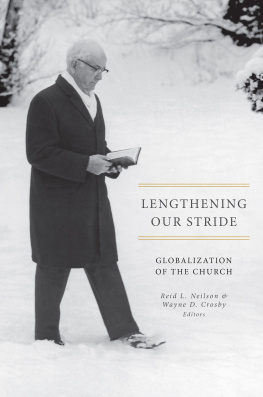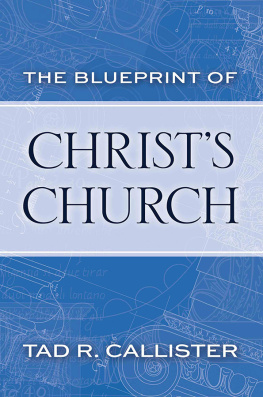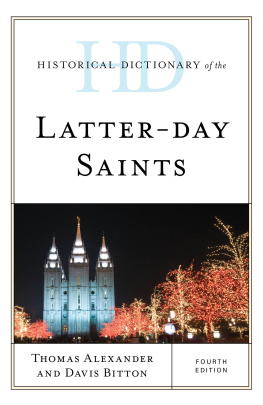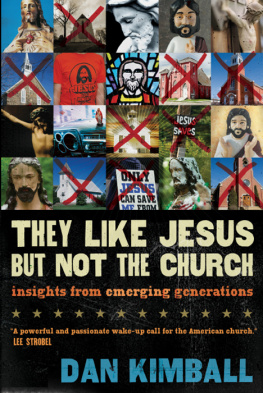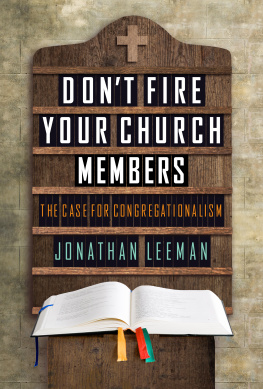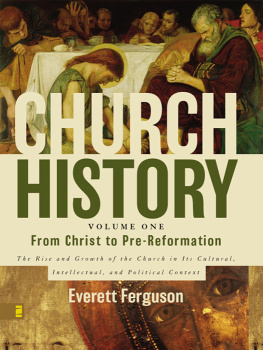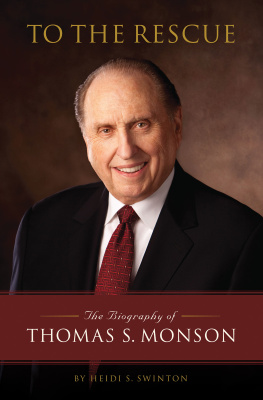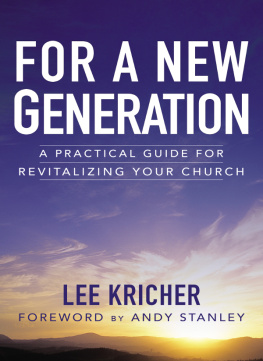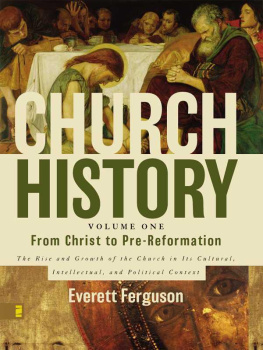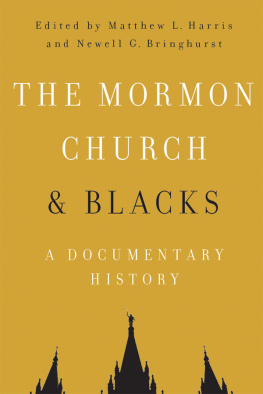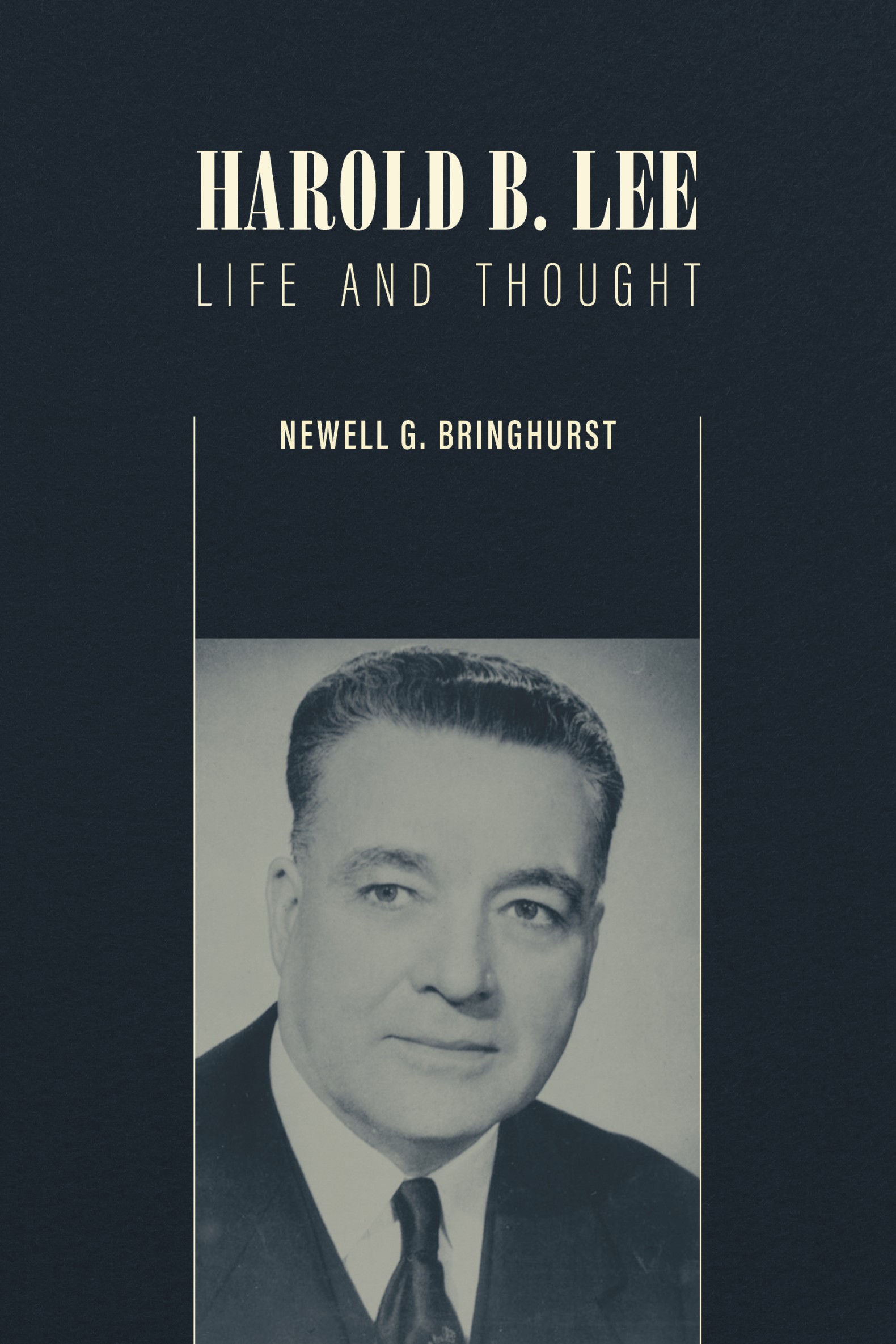Harold B. Lee
Life and Thought
Newell G. Bringhurst
Signature BookS | 2021 | Salt Lake City
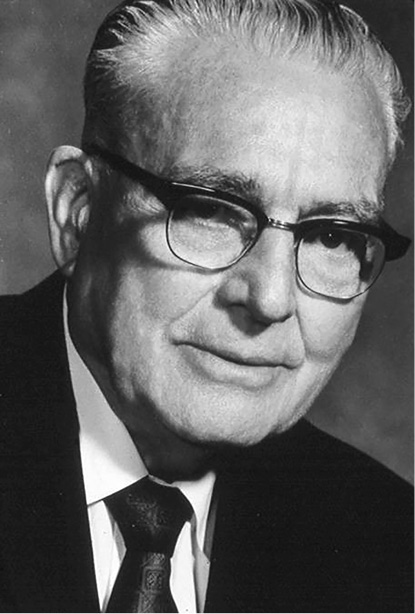
Harold Bingham Lee
2021 Signature Books Publishing LLC. Signature Books is a registered trademark. All rights reserved. Printed in the USA. www.signaturebooks.com
The opinions expressed in this book are not necessarily those of the publisher.
Design by Jason Francis.
First edition | 2021
library of congress cataloging-in-publication data
Names:Bringhurst, Newell G., author.
Title:Harold B. Lee : life and thought / Newell G. Bringhurst.
Description:First edition. | Salt Lake City : Signature Books, 2021. | Summary: While Harold B. Lee served as president of the Church of Jesus Christ of Latter-day Saints for a mere one and half-years-among the shortest tenure of any church leaderhis impact on the modern LDS Church remains among the most profound. Lee implemented the Church Welfare Program, which provided relief to suffering church members during the 1930s Great Depression and continues to impact the lives of church members today. As a high-ranking general authority from 1941 to 1973, he championed other innovations, the most important being Correlation. Lee acted in response to the churchs record growth and increased diversity to consolidate and streamline churchwide instruction and administration. As a teacher/mentor, he promoted conservative church doctrine and practice, which influenced a generation of church leaders, including future presidents Spencer W. Kimball, Ezra Taft Benson, Howard W. Hunter, Gordon B. Hinckley, and Thomas S. Monson. Noted historian Newell G. Bringhurst succinctly narrates the major, defining events in Lees remarkable life, while highlighting Lees important, lasting contributions Provided by publisher.
Identifiers:LCCN 2021039914 (print) | LCCN 2021039915 (ebook) | ISBN 9781560854432 (paperback) | ISBN 9781560854029 (ebook)
Subjects:LCSH: Lee, Harold B., 1899-1973. | Church of Jesus Christ of Latter-day SaintsPresidentsBiography. | MormonsUnited StatesBiography. | LCGFT: Biographies.
Classification:LCC BX8695.L396 B75 2021 (print) | LCC BX8695.L396 (ebook) | DDC 289.3092 [B]dc23
LC record available at https://lccn.loc.gov/2021039914
LC ebook record available at https://lccn.loc.gov/2021039915
To members of my close-knit immediate family:
my wife, Mary Ann,
daughter, Laura Alice Bringhurst,
son-in-law, David Isaacs, and
grandsons, Ramsay David and Victor Newell Isaacs.
Acknowledgments
A number of individuals and institutions provided invaluable help over the four years during which I labored on this biography.
Special thanks to Gary James Bergera, who encouraged me to undertake this project. He provided continuing encouragement as I moved forward with the research and writing.
Most helpful in providing documentary materials were several libraries: the LDS Church History Library, the University of Utah Special Collections Library, the Utah State University Special Collections Library, and the Brigham Young University Special Collections Library. Special thanks to Craig L. Foster, research associate at the LDS Family History Library, who provided valuable information on Harold Lee and his family not available elsewhere. Likewise, Reid Moon, owner of Moons Rare Books, in Provo, Utah, allowed me access to a collection of Harold B. Lees personal correspondence and assorted materials, which provided further family information not available elsewhere.
As I commenced writing, a number of individuals read all and/or parts of the manuscript, offering suggestions for improvement, including Matthew L. Harris, professor of history, Colorado State University, Pueblo; Craig L. Foster, LDS Family History Library; and Mathew Bowman, Howard W. Hunter Chair of LDS History, Claremont University. Also reading early drafts were members of the Visalia (California) Writers Group: Arthur Neeson, Stewart Wilson, and Janet LeBaron. Gary James Bergera read the final draft and helped to further improve it.
Finally, this volume would not have been possible without the support of my ever-patient wife, Mary Ann, who encouraged me throughout the most stressful time of the COVID-19 pandemic.
All such help notwithstanding, I alone assume responsibility for the biographys accuracy and the contents thereof.
Introduction
First, the obvious question: Why a new, albeit short, biography of Harold B. Lee? To many members of the Church of Jesus Christ of Latter-day Saints, as well as those outside the faith, Lee is virtually a forgotten figure in the twenty-first century. If recalled at all, it is for the dubious distinction of being among the briefest-serving LDS Church presidents. Lees tenure as president ended abruptly eighteen months after it began when he died suddenly on December 26, 1973 at age seventy-four.
However, I contend that Lee was among the most important twentieth-century LDS leaders. His impact on the church was considerable over the thirty years that he served as a general authority, initially, as a member of the Quorum of Twelve Apostles, 194170; then as first counselor in the First Presidency, 197072; and ultimately as church president. Even before that, Lee distinguished himself as the facilitator of the LDS Church Welfare Program, which provided relief for church members suffering from the ravages of the 1930s Great Depression. Following his elevation to the Twelve at age forty-one, Lee further served the church in refining and implementing Correlationa long-range program to streamline the churchs organizational structure and upgrade its various programs and educational curricula. As church president from July 1972 to December 1973, he pushed Correlation forward in response to the churchs changing demographics, especially its rapid expansion into an international organization.
All subsequent LDS presidents continued to expand on Lees pioneering Correlation efforts. Involved in this process were all six of Lees successors. Each, moreover, was either a close associate and/or protg of Lee: Spencer W. Kimball, Ezra Taft Benson, Howard W. Hunter, Gordon B. Hinckley, Thomas S. Monson, and current LDS president Russell M. Nelson.
Given his impact on the development of the modern LDS Church, Lee rightly deserves to be ranked with five other seminal twentieth-century presidentsHeber J. Grant, David O. McKay, Joseph Fielding Smith, Spencer W. Kimball, and Gordon B. Hinckleyall of whom Lee interacted with. Lee was also a close friend of another important church leader, J. Reuben Clarka longtime counselor in the First Presidency, from 1933 to 1961. Lee, influenced by Clark, championed his mentors conservative, orthodox agenda concerning church doctrine and beliefs, including priesthood and temple participation denial to black church members, a practice Lee vigorously upheld as doctrine.
I believe Lee deserves a new biography because his central role as the major architect of modern Mormonism has not received sufficient attention in previous studies.
*
Thus, this brief biography focuses on Lee relative to his impact on the Church of Jesus Christ of Latter-day Saints. It further considers Lees singular, unwavering devotion to church service within the broader context of his life experiences and multi-faceted personality.
Indeed, an understanding of Lees complex personality provides crucial insights into both the man and his ability to achieve. Among Lees outstanding qualities was his extreme intelligence, evident from his youth on, and initially reflected in his performance as an outstanding student, talented musician, and skilled athlete. Lees precocity in all that he undertook caused his father to remark, We expect big things of you. The dutiful son did not disappoint.


